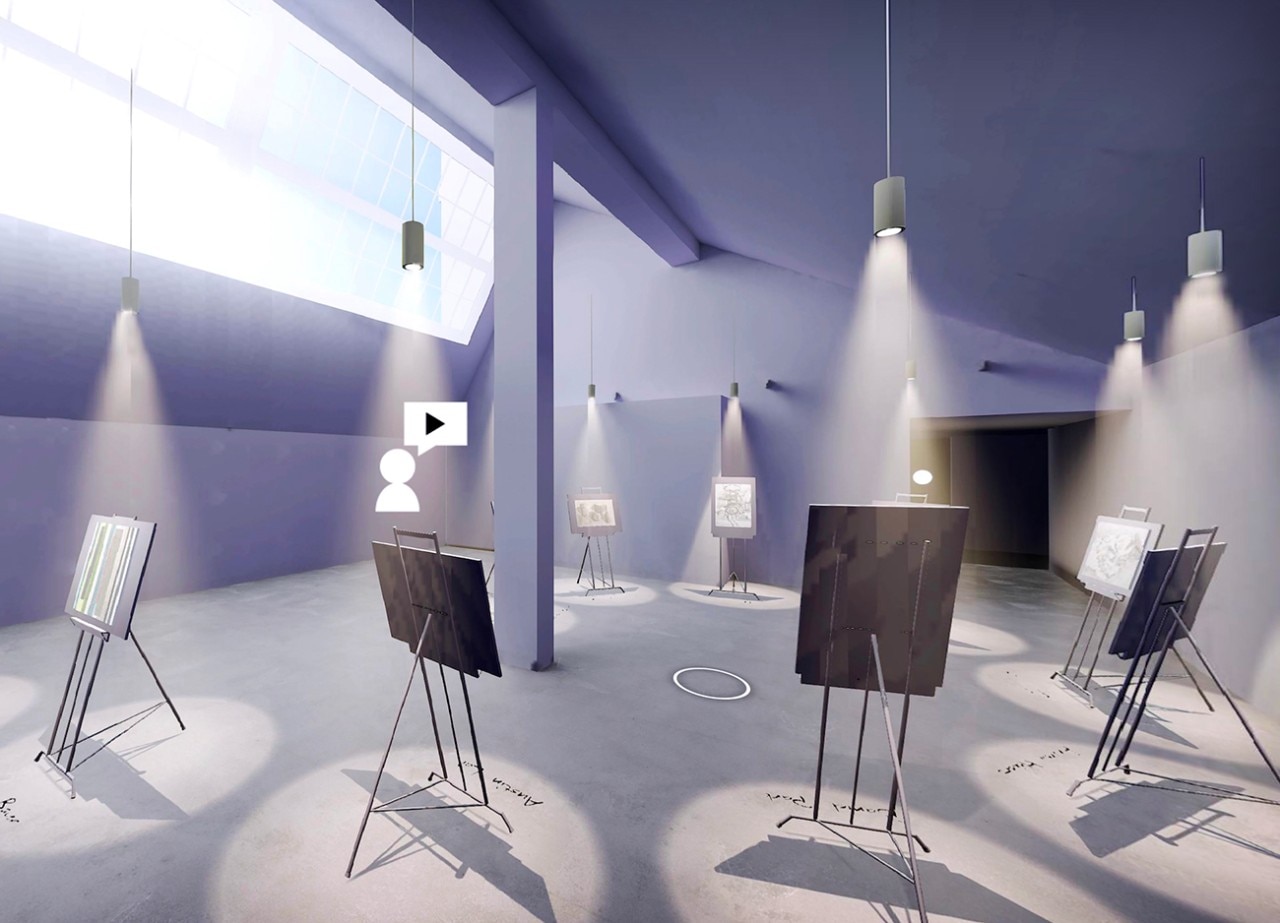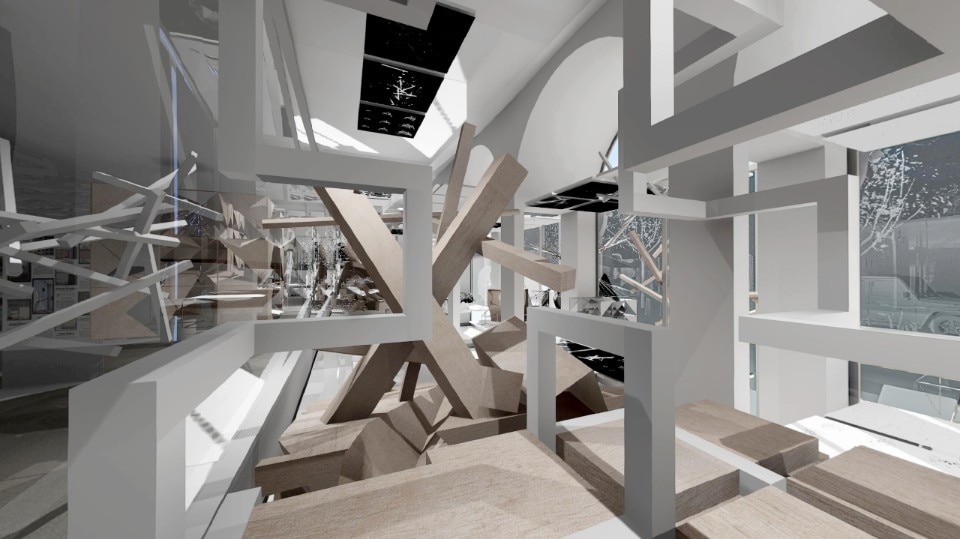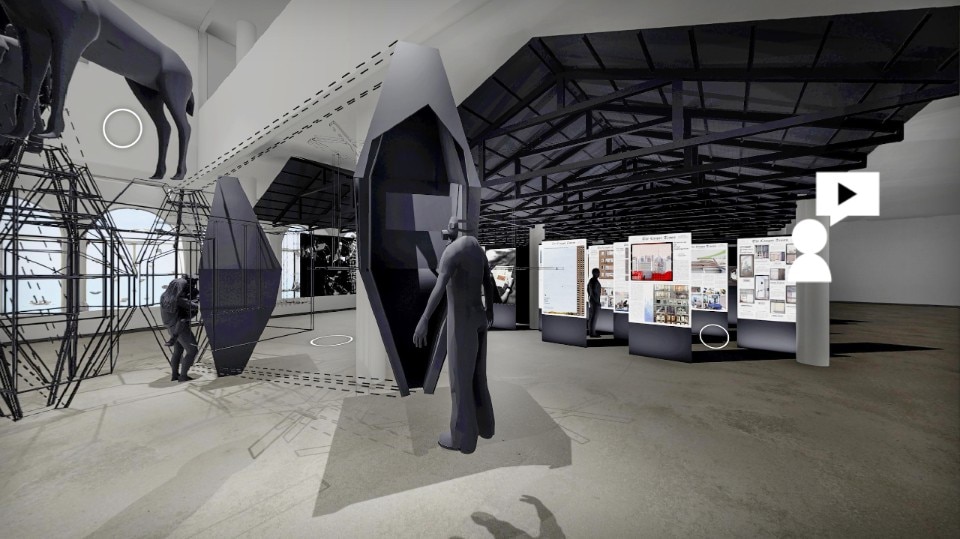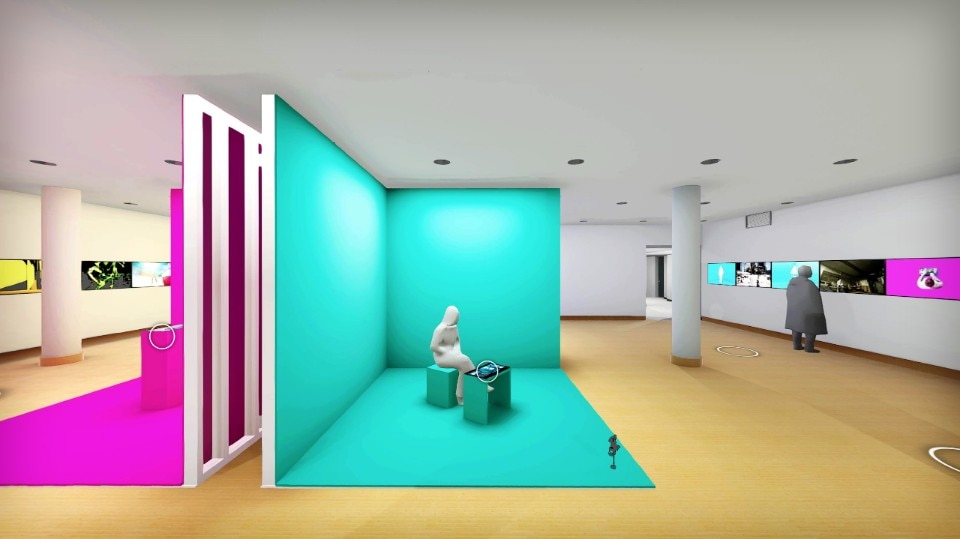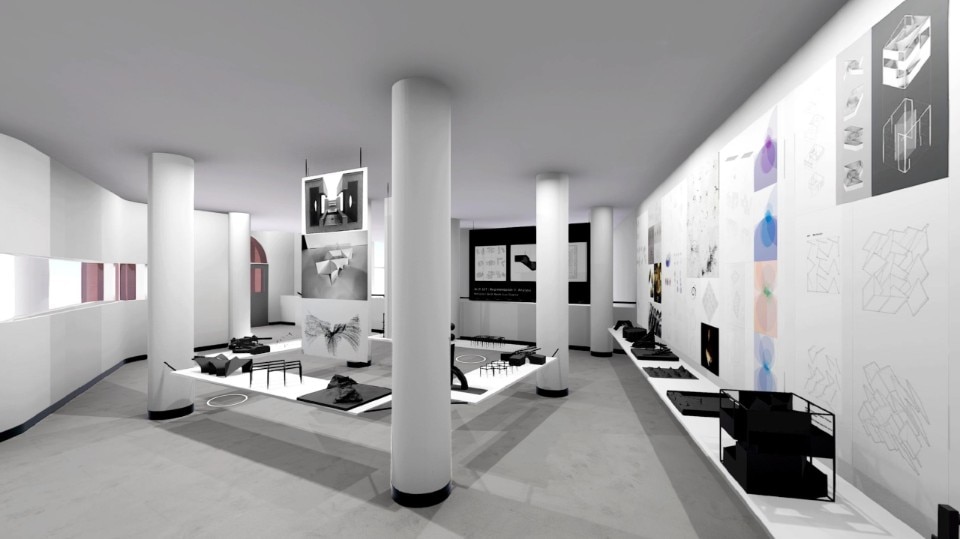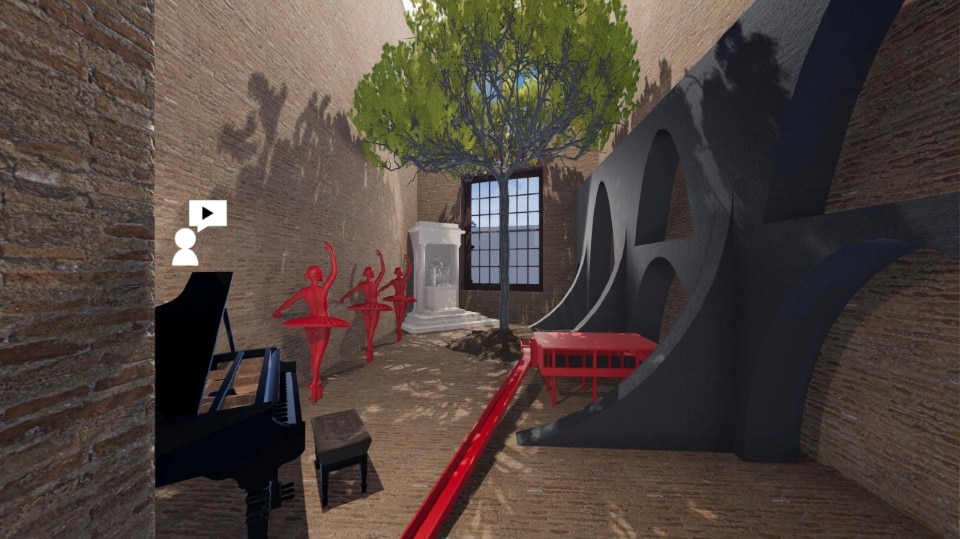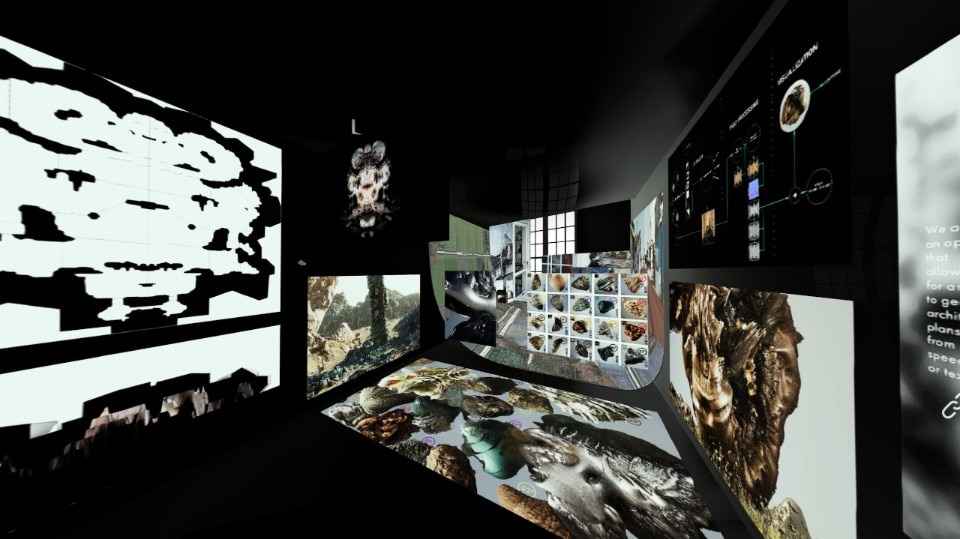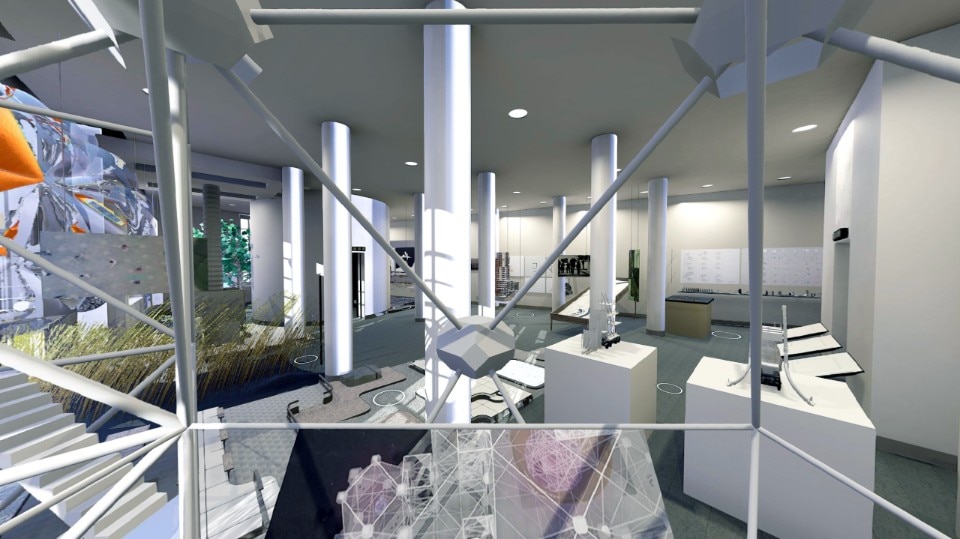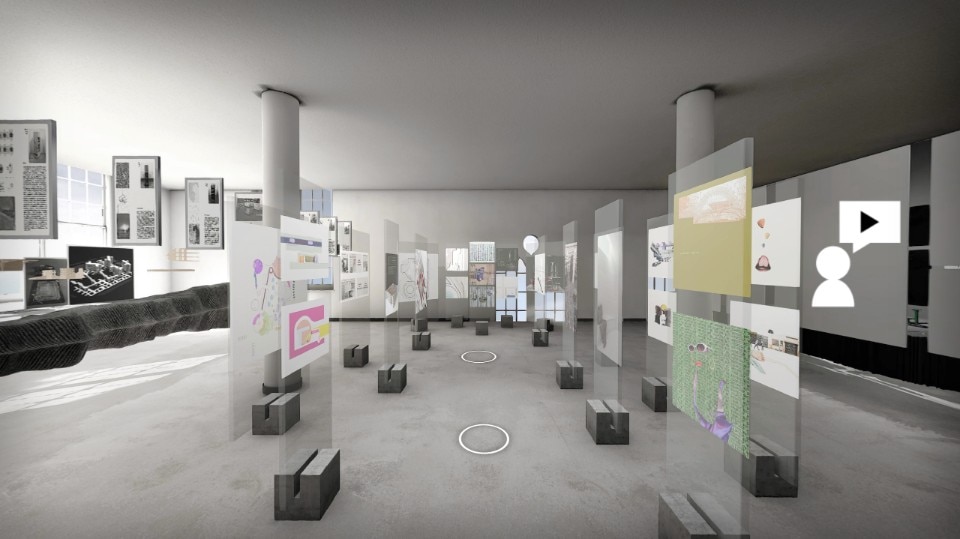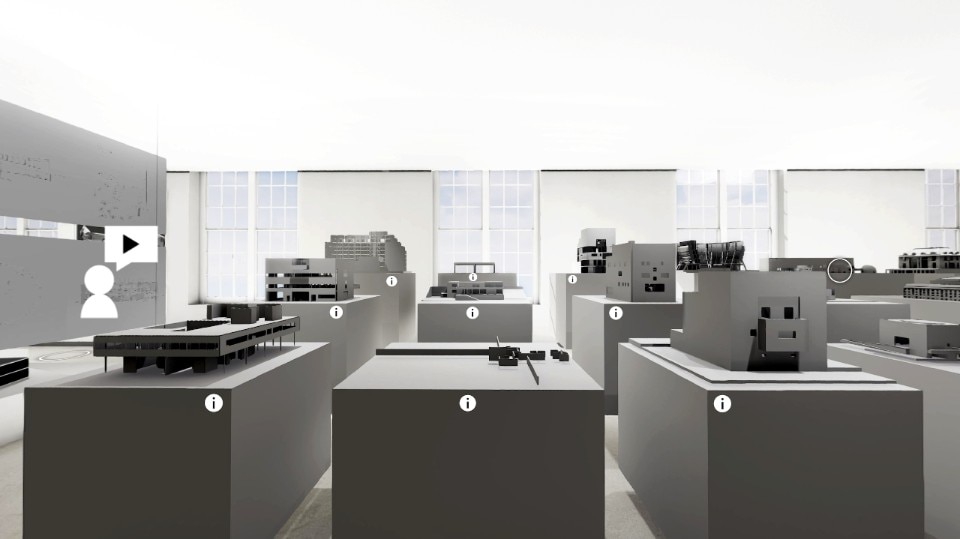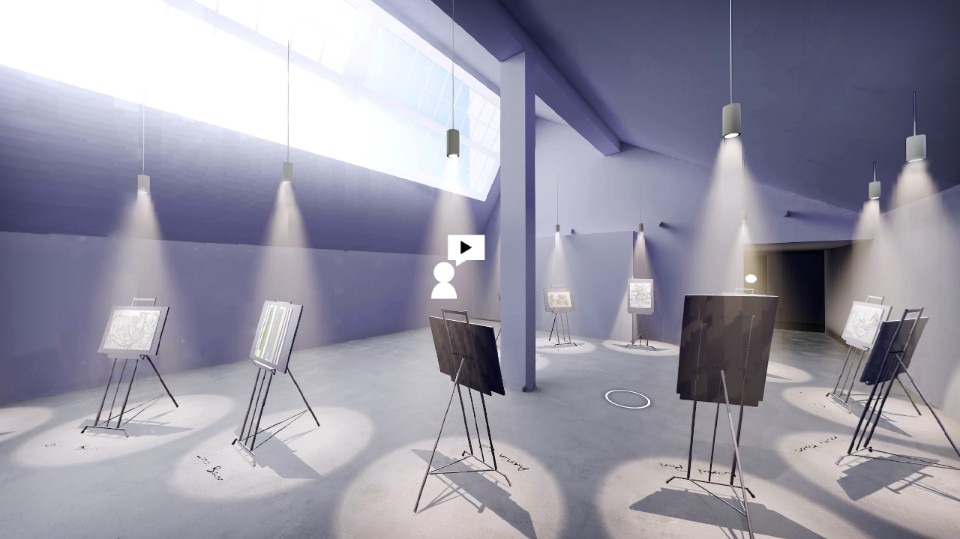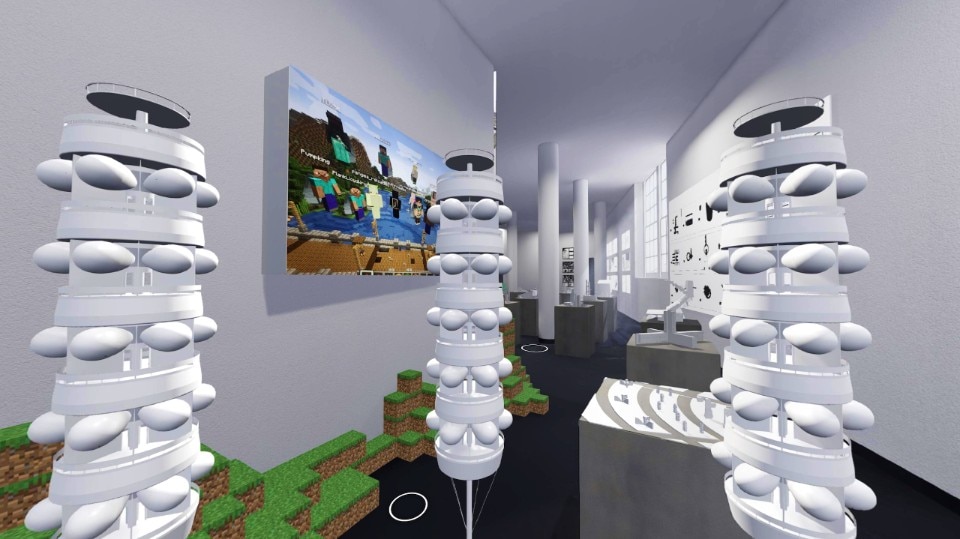The Cooper Union for the Advancement of Science and Art’s landmark Foundation Building, designed by architect Frederick Petersen in mid XIX Century, has been closed for months because of the Covid-19 pandemic. The annual exhibition celebrating a year of student academic work had to be cancelled. To keep the tradition alive, The Irwin S. Chanin School of Architecture moved not just the show, but the actual historical building in which the school’s classes, studio spaces, and exhibition spaces are held to an online platform. The End of Year Show (EOYS) includes works from across all five years of undergraduate design studios.
Farzin Lotfi-Jam (assistant professor adjunct at the School of Architecture), with Greg Schleusner and with support by Epic MegaGrant, has been working with students, using real-time technologies to visualize and simulate the space of the Cooper Union Foundation Building as part of his course assignment. The virtual environment was created and Nader Tehrani, Dean of Cooper’s The Irwin S. Chanin School of Architecture, had then the idea to use it for EOYS, so it was populated with the works of the students and augmented with contents such as videos, animations, and board presentations.
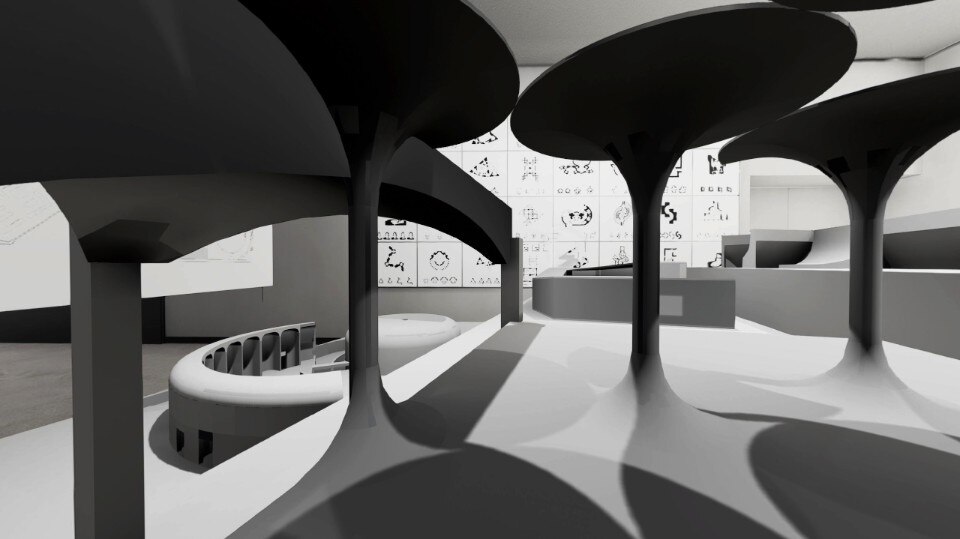
EOYS 2020, a place in the city
EOYS: the name is cool and it seems coming from either Ancient Greece or a Sci-fi novel. After navigating through it, I can say it tells us about where we come from. Also, yes, of course, it tells us something about our future as well.
You have to experience it. Go to the website, and for some reason it works better on mobile devices, at least in my experience. It is not a bad thing actually; because there are a lot of chances you are reading these lines on a mobile device as well. This is our world today. So please check it out and come back to these lines.
After walking through it (yes, you can walk through the exhibit), the first most obvious consideration you can make is about the capacity of an educational institution to adapt to a new, unexpected, and challenging situation like a pandemic crisis we have all experienced in the past months. I believe other schools of architecture have proved the same.
Many schools adopted remote teaching and learning processes, on-line reviews, and evaluation of students’ works. Cooper Union made a step further. With EOYS they have modeled the school building and they have curated an exhibit in a virtual space as they have been doing for decades in the physical one. The students’ architectural research is not simply available for an online consultation, it is on display as part of the spatial experience of the – virtual, but then real – building.
The “virtual” building is then “real” not only because its physical elements have been accurately modeled, but because the building itself has been placed in a precise moment in history along the trajectory of the time, merging Chrónos and Kairós. It was time, the right time.
“Mounting this exhibition has been no small feat for our faculty and students who needed to not only curate and assemble its material, but to model the spaces of The Cooper Union as a virtual scaffolding for the work,” says Nader Tehrani. “To be finalizing this exhibition at a time when our world is confronting centuries of systemic Black racism has brought even more weight and meaning to the potential of their extraordinary work. All of our design studios considered a wide range of themes, engaging challenges of natural disaster, social struggle, environmental decadence, and problematic histories, in addition to the larger impact of infrastructures at the geographic scale – complex systems and events which we know negatively affect people of color, underrepresented minorities, those without access to education or health care, and communities suffering from economic inequality.”
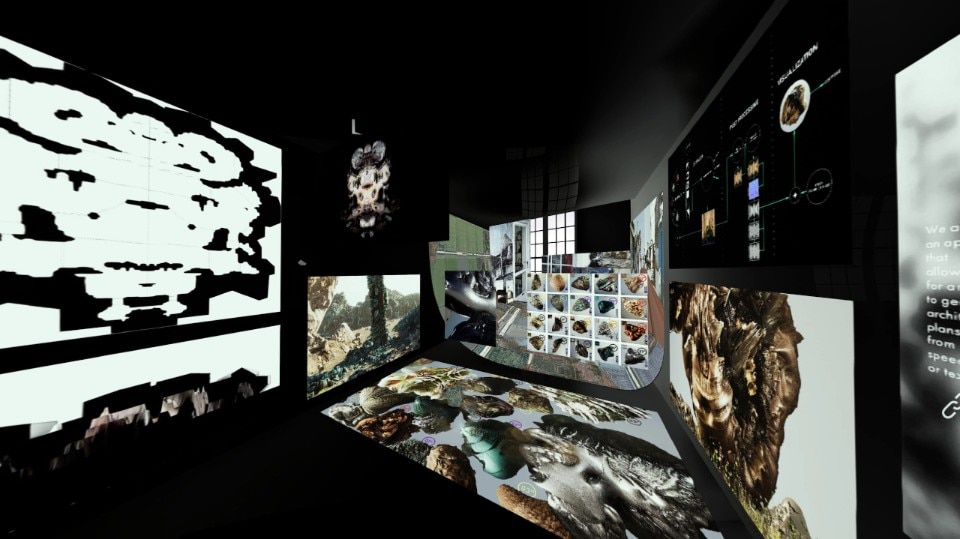
Pause. Yes, you have to pause and digest the above. Understanding and enhancing the importance of the notion of “space” and “time” in a school of architecture is a pedagogical statement. The works of the students are on show within the limitations given by the somehow “real” physicality of the space in a given time in history. The works exhibited are dealing with the “friction” embedded in the real space while responding to our times. We are in our field here, architecture. The digital, accurate reconstruction of the school’s space at this time, filled with the students’ works seems fulfilling the mission of the school: the dialogue and the coexistence of different ideas that move forward the disciplinary knowledge in our field.
As Tehrani stated in the press release, “In creating this virtual space, we have hoped to frame the all-important spaces of The Cooper Union as we know them, but also to inhabit them in ways that take advantage of the virtual, suspending disbelief in conventional constraints. Thus, we hope that this exhibition is a judicious and critical curatorial lens into our space of learning, demonstrating the significance of how and why we design our own environments.”
Most of the sections are accompanied by a video with teachers explaining the courses’ objectives, but you can also just walk through the exhibit panels, models and installations, as you would do in a traditional exhibit. The students have explored some of the fundamentals of architecture and I have personally enjoyed the beautiful drawings about shape generating geometries. In the end, some courses captured my attention more than others: Design IV, Spring: Vertical Nolli (Zuliani), Design IV, Spring: Transforming matter (Carnicero), Advanced Concepts: Avant-Garde as a Method (Bokov). The first two because they are exploring differently the ties between architecture interventions and urban fabric: I still believe the constantly evolving relationships between architecture and the city should be the core of the theoretical investigations of a School of Architecture. The third one is the demonstration that the history of architecture is a jewelry box in which gemstones can be illuminated by the observer’s sight and ability to create connections with the present condition.
The Cooper Union for the Advancement of Science and Art is private college of art, architecture, and engineering. It was founded in 1859 by inventor, industrialist, and philanthropist Peter Cooper, and the college is dedicated to his radical commitment to diversity and his founding vision that fair access to an inspiring free education and forums for courageous public discourse foster a just and thriving world. The institution is located in New York’s East Village.
The pandemic crisis has eliminated the physical proximity between faculty staff and students, but the dialogue between all people involved in the Cooper teaching and learning process has been ongoing in different forms other than traditional ones. EOYS is the tangible outcome of a meaningful collective achievement to advance the research in architecture through dialoguing and sharing.
EOYS 2020 is still a place, an educational institution in a multicultural city. And, yes, it tells us something about our future.


